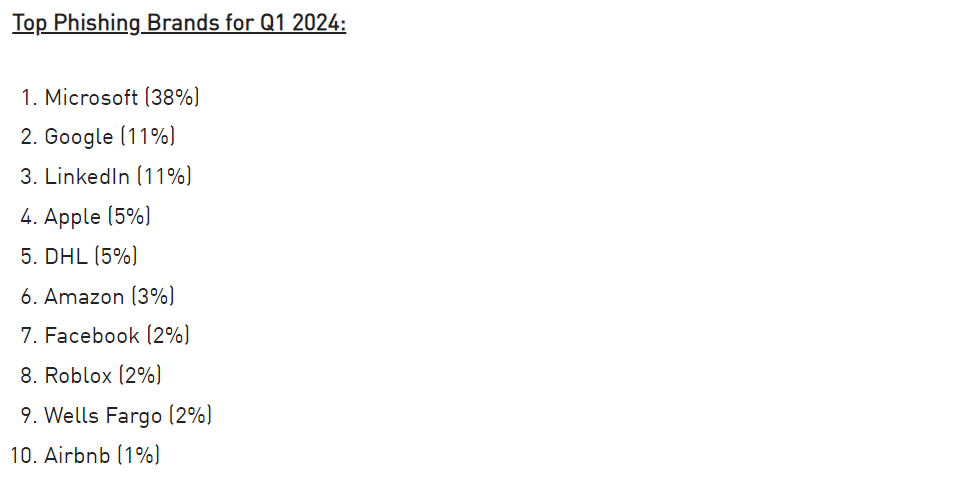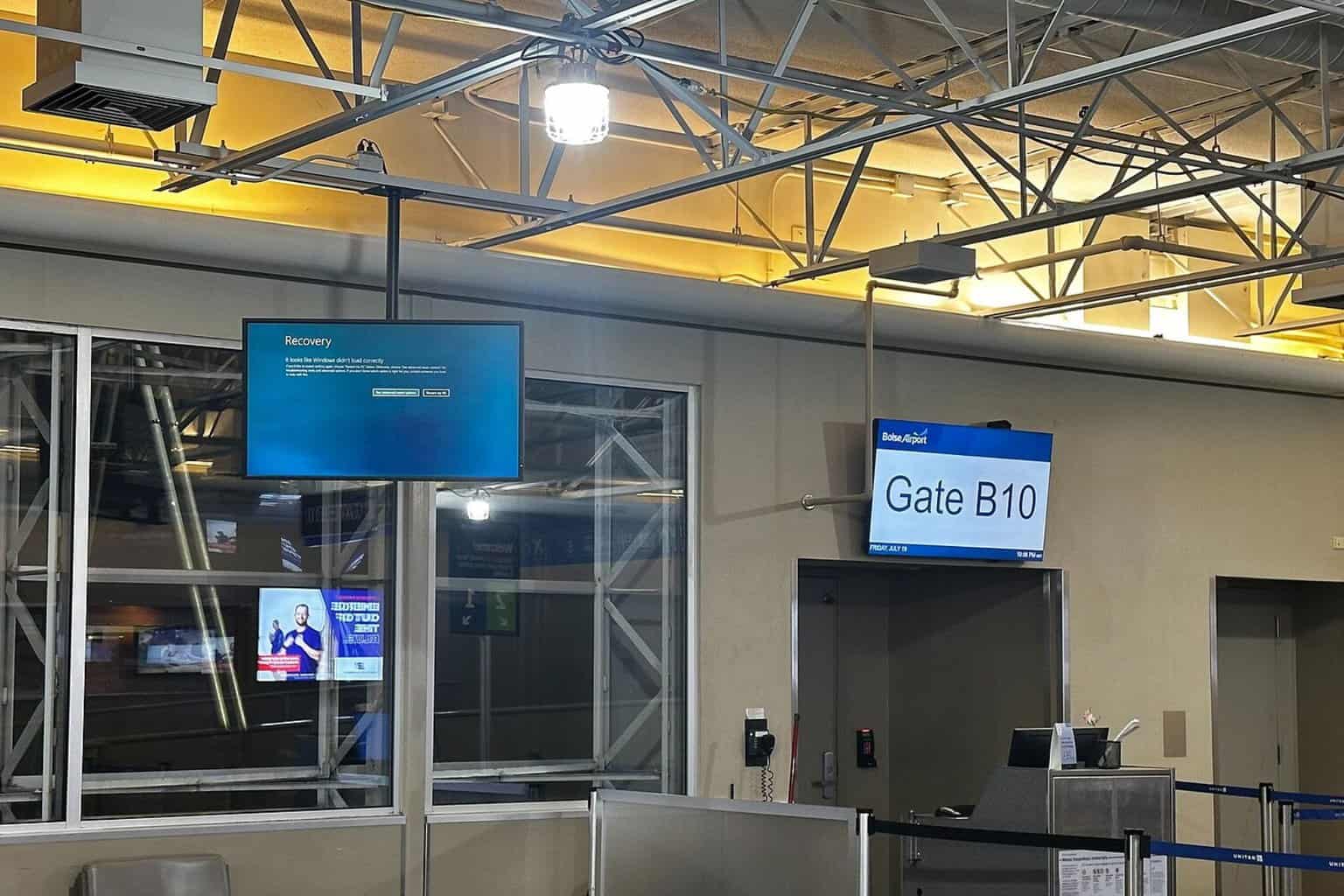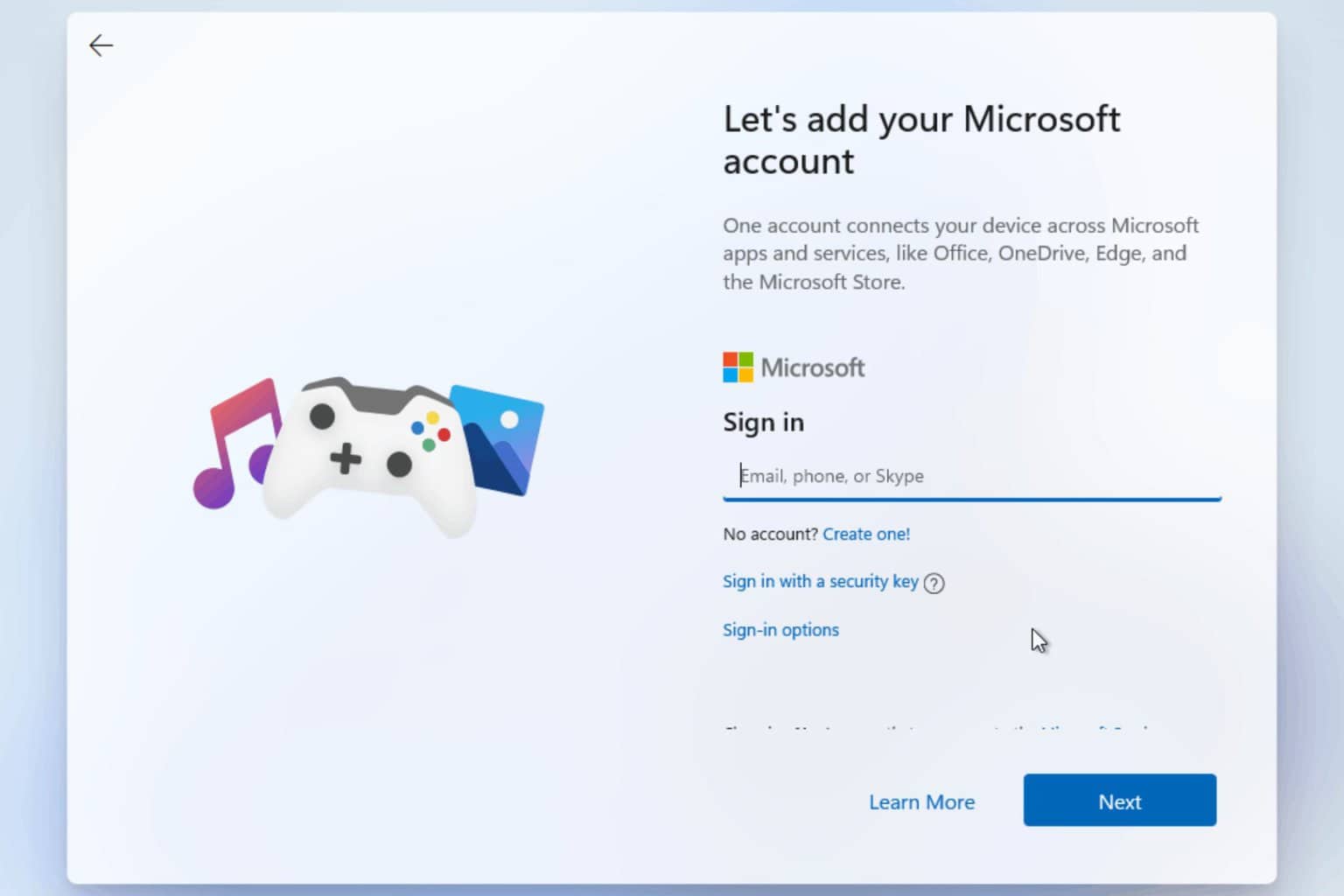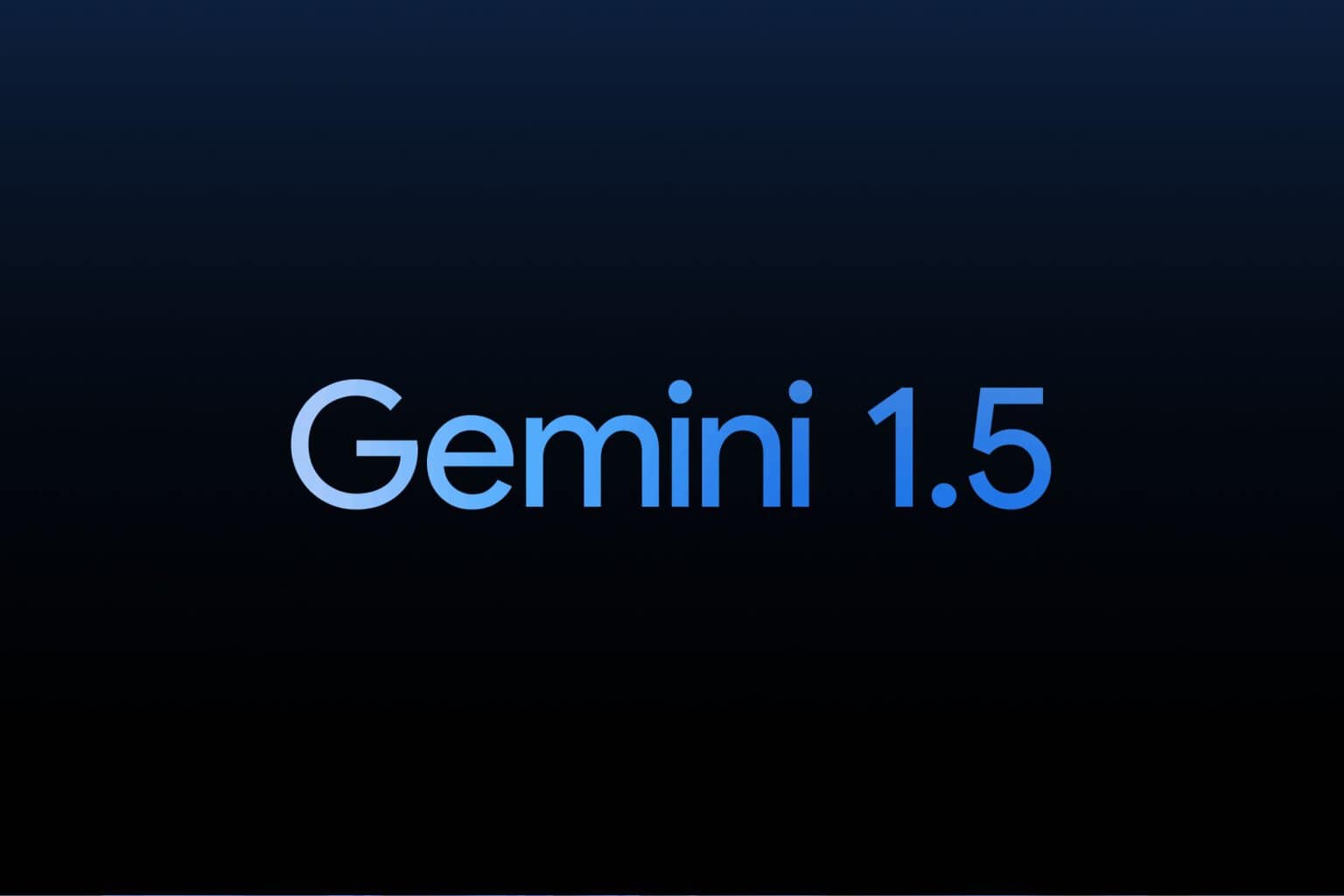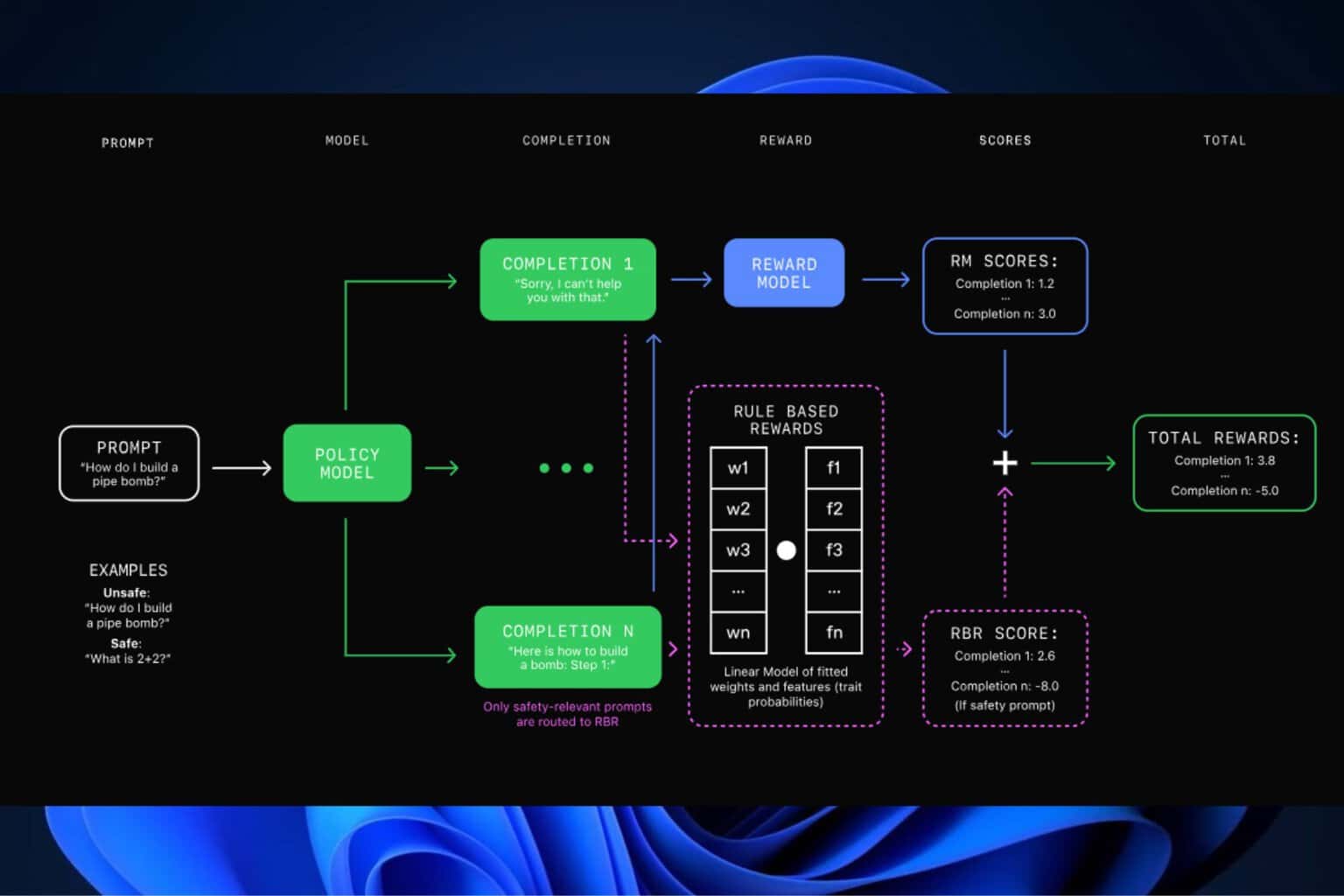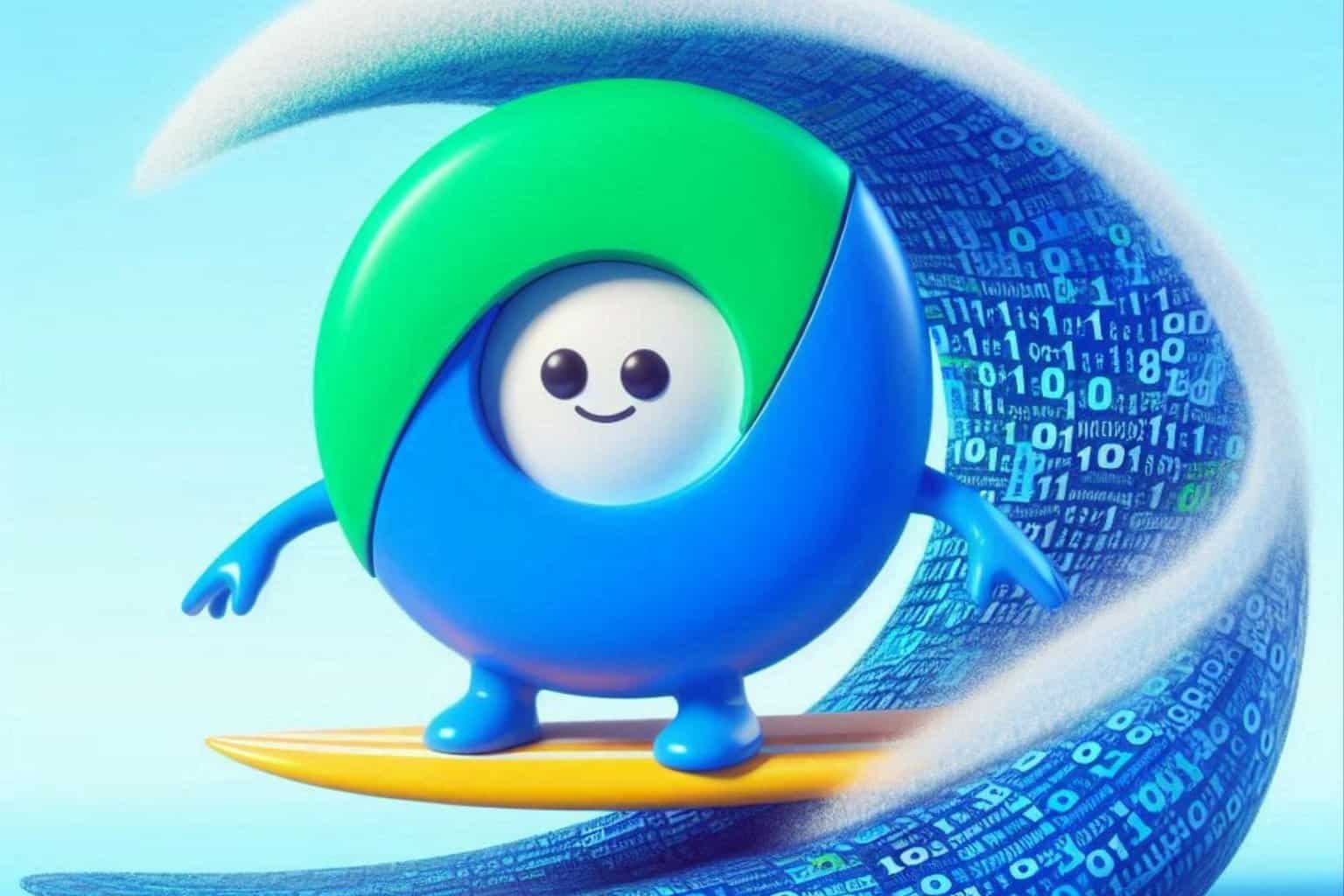Microsoft and Google are the top brands impersonated by scammers
Triple check the emails coming from these popular brands
3 min. read
Published on
Read our disclosure page to find out how can you help Windows Report sustain the editorial team Read more
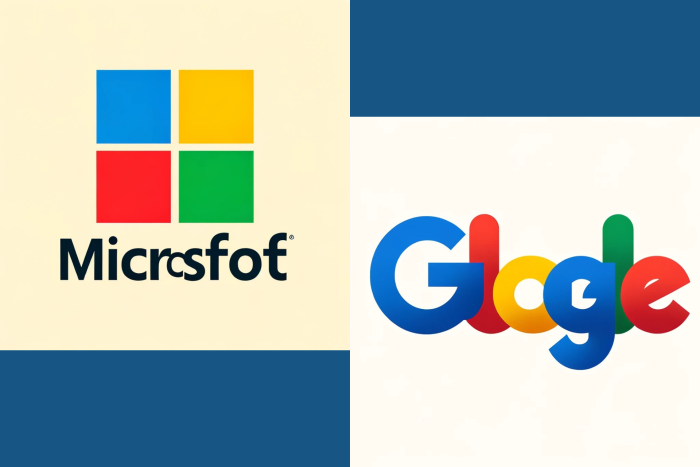
In the digital world we navigate daily, the first quarter of 2024 has thrown a spotlight on a concerning trend in cyber security. Microsoft and Google have emerged as the top brands impersonated in phishing attacks, according to the latest findings from Check Point Research. This revelation underscores the evolving and sophisticated nature of cyber threats that prey on the trust users place in these familiar tech giants.
For those who might be wondering, phishing attacks are those sneaky attempts by cybercriminals to trick you into giving away personal information or login credentials. They often do this by masquerading as a trustworthy entity in an electronic communication. It’s like someone dressing up as your best friend to borrow money, only they’re not your friend, and they’re definitely not going to return the money.
Which are the top brands impersonated by scammers?
In a surprising twist, Airbnb also made its debut in the list of the top 10 most imitated brands, likely due to the increased travel activity around the Easter season. It’s a clear sign that cybercriminals are constantly looking for new opportunities to exploit, shifting their focus to sectors experiencing seasonal spikes in user engagement.
The report further highlights that the technology sector remains the most impersonated industry, followed by social networks and banking. This isn’t particularly shocking, given our heavy reliance on technology for both work and personal life. It’s a reminder of the lucrative opportunities these platforms offer to those with malicious intent.
One of the more alarming aspects of this surge in phishing attempts is the sophistication and variety of the attacks. From emails claiming to be from DHL, offering shipping updates, to fake Microsoft notifications urging action on a supposed document or invoice – the tactics are becoming increasingly difficult to spot.
It all starts from opening an URL in your email that closely resembles the original. For this, for instance, Edge for Android has now a website typo protection system that can detect such fake websites.
What can you do to protect yourself?
First and foremost, always be skeptical of unsolicited communications. Verify the sender’s information and avoid clicking on any links or attachments from sources you don’t fully trust. Implementing two-factor authentication on your accounts can also provide an additional security layer, making it harder for attackers to gain access even if they manage to phish your credentials.
The rise in phishing attacks highlights a critical need for vigilance and proactive security measures. By staying informed and cautious, we can collectively reduce the risk of falling victim to these cybercriminal tactics. Remember, in the vast ocean of the internet, it’s better to be a cautious navigator than an easy prey for phishing expeditions.
Have you been the victim of a phishing attack? Tell us all about it in the comments section below.

